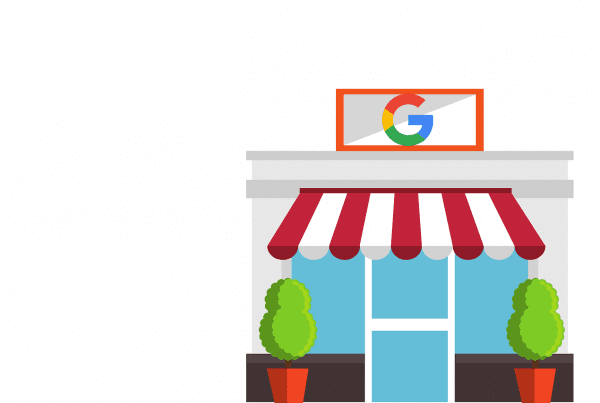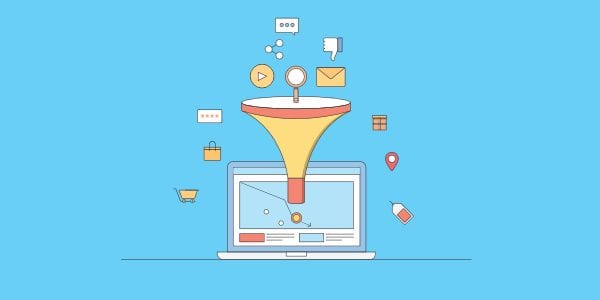Google’s New ‘Buy Now’ Button- How Google is pressing all the right buttons, every time!
The worlds most powerful search engine, renowned for providing a lightning fast platform for e-tailers of all shapes and sizes, is foraying into the world of ecommerce albeit in an oblique approach. Google recently announced that they will soon introduce a ‘buy button’ for those looking for products on their personal mobile devices. Google doesn’t plan to open a storehouse and stockpile products— the sales will continue through third-party sites; however the buy button does indicate a faster and quicker conversion approach for the etailer through Google itself.
The announcement made by Jerry Dischler from Google further explains that the ‘buy buttons’ will also be made available to retailers who advertise in the Google Product Listing ads.
Reading between the lines
Interpretations are flying in thick and fast with analysts and market gurus suggesting that Google’s latest move is being done in order to uphold its position as an undisputed leader on the World Wide Web. Until now, Amazon, Yahoo and Alibaba were the dominant ecommerce players in the online retail category, however the competition in this vertical has always been fierce and with Google’s new button, this category is only going to get more and more cutthroat.
How it works
Time is money and this is perhaps the single most important reason for the success of online retail. When a users payment information is already saved in the system, the user simply has to search, learn more about the product and click to buy it—all of which is usually done in a short span of time and on one seamless platform. This obviously results in faster conversions and is perhaps a win-win situation for the user, etailer and the ecommerce website in question.
Typically, in the existing conditions a user is required to click on a listed ad or a sponsored link and wait to be redirected to the retailers’ website. The buy button aims to shorten these extra steps and lessen the lead time for a user when they are searching and purchasing products online from their mobile phones. What’s more, the button would be placed right next to the searched results product—all of which will go on to make purchasing via Google a quicker process.
Additionally, this would also keep Google’s ads competitive and perhaps much more targeted to user preferences. Google earns revenue when users click on an ad and introducing the buy button only makes natural sense for the company because the more targeted the ad, the more the clicks and the more revenue the company makes.
There’s speculation that there may be an optional service, charged additionally annually, wherein the user would receive the ordered product within two days time.
Making the right moves at the right time
Recent studies have shown that nearly 39 percent of online shoppers in the United States first launch their search on Amazon, whereas comparatively only 11 percent did so on other search engines such as Google.
Introduction of the buy button is being read by some as a way to get users to first launch their searches from Google and then go on to buy directly through the sites search engine. However, there is another dimension to it; namely, Google’s motive for launching the “buy now” button is to assist mobile conversions rather than presenting competition against existing retailers or ecommerce companies.
Mobile search ads
Elaborating on this, Jerry explained that Google has data about their searchers and that the buy button would assist in speeding up and improving the conversion ratios for mobile users, which is why they are specifically working on the buy now button for mobile search ads. For retailers, Google’s buy button would help them convert better on mobile.
What’s more, this follows the company’s algorithm change that prioritized mobile-friendly websites in search results.









